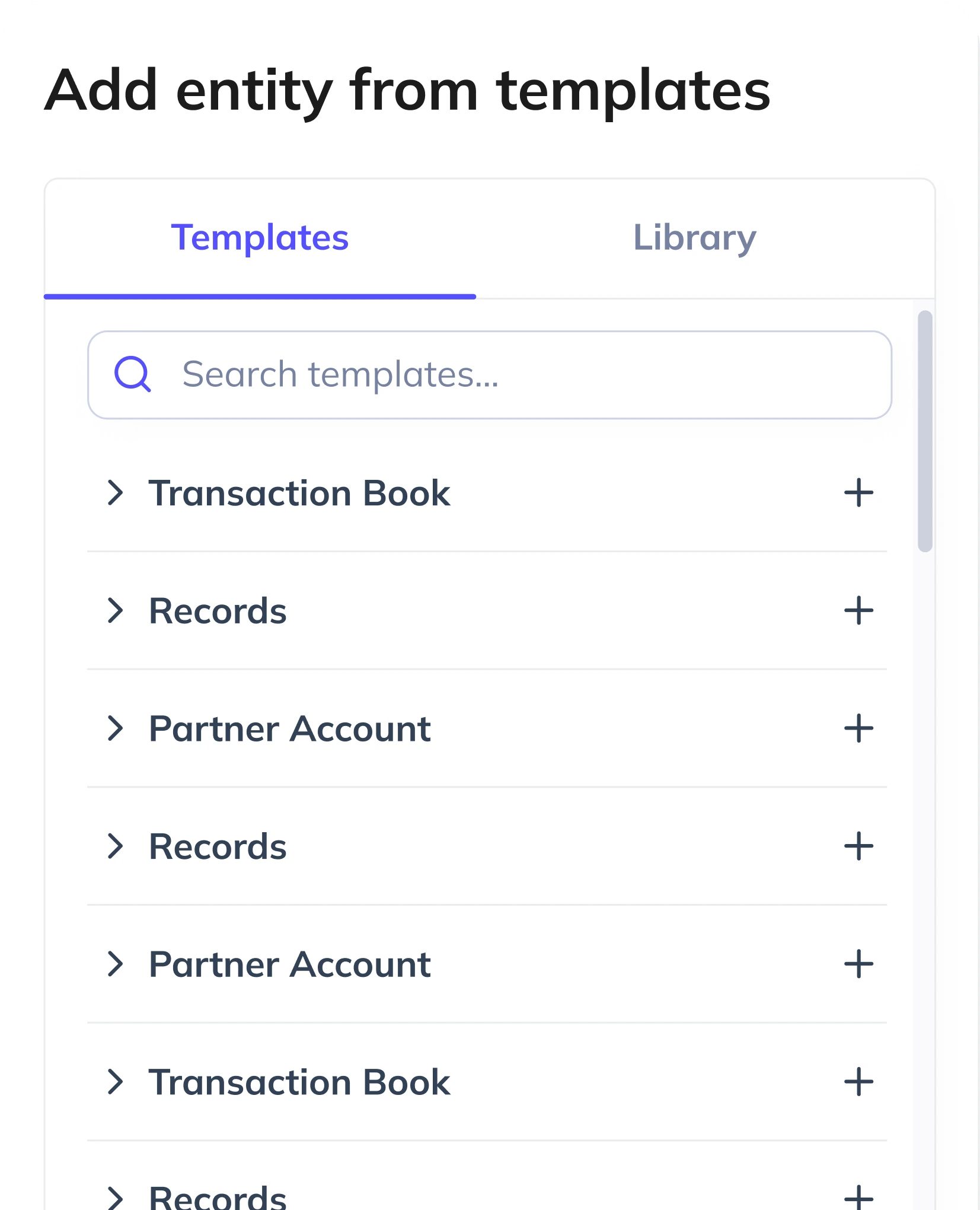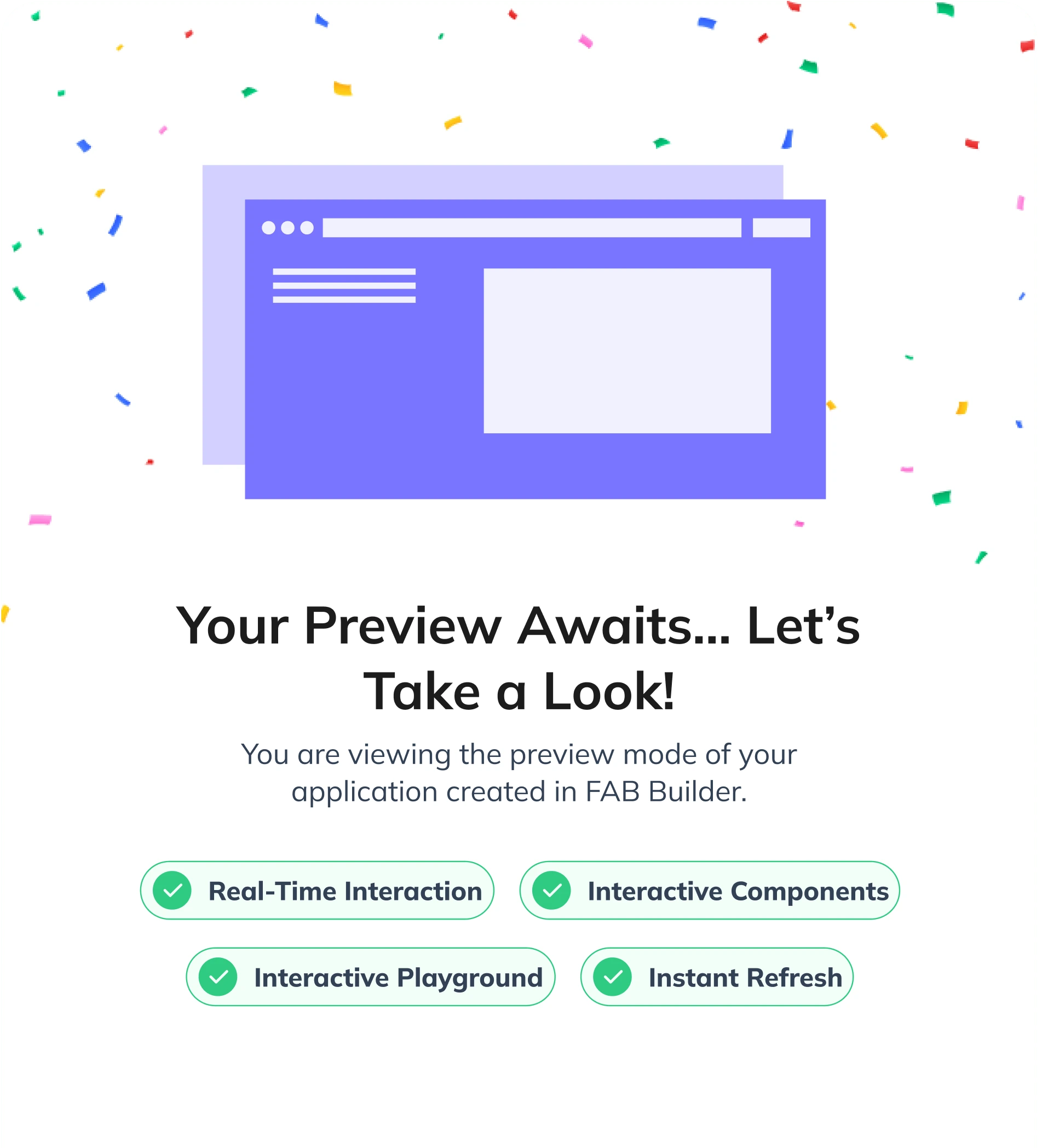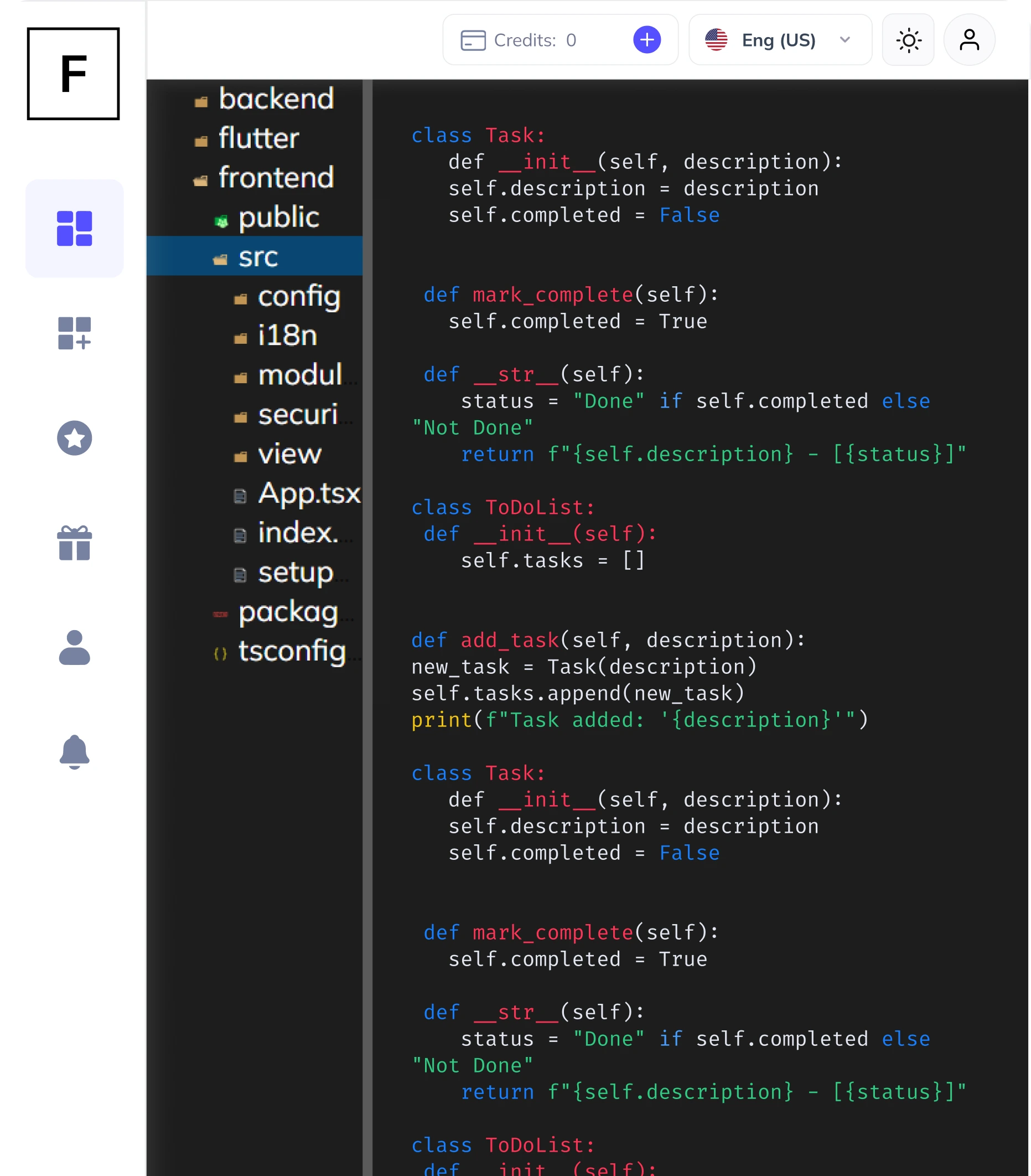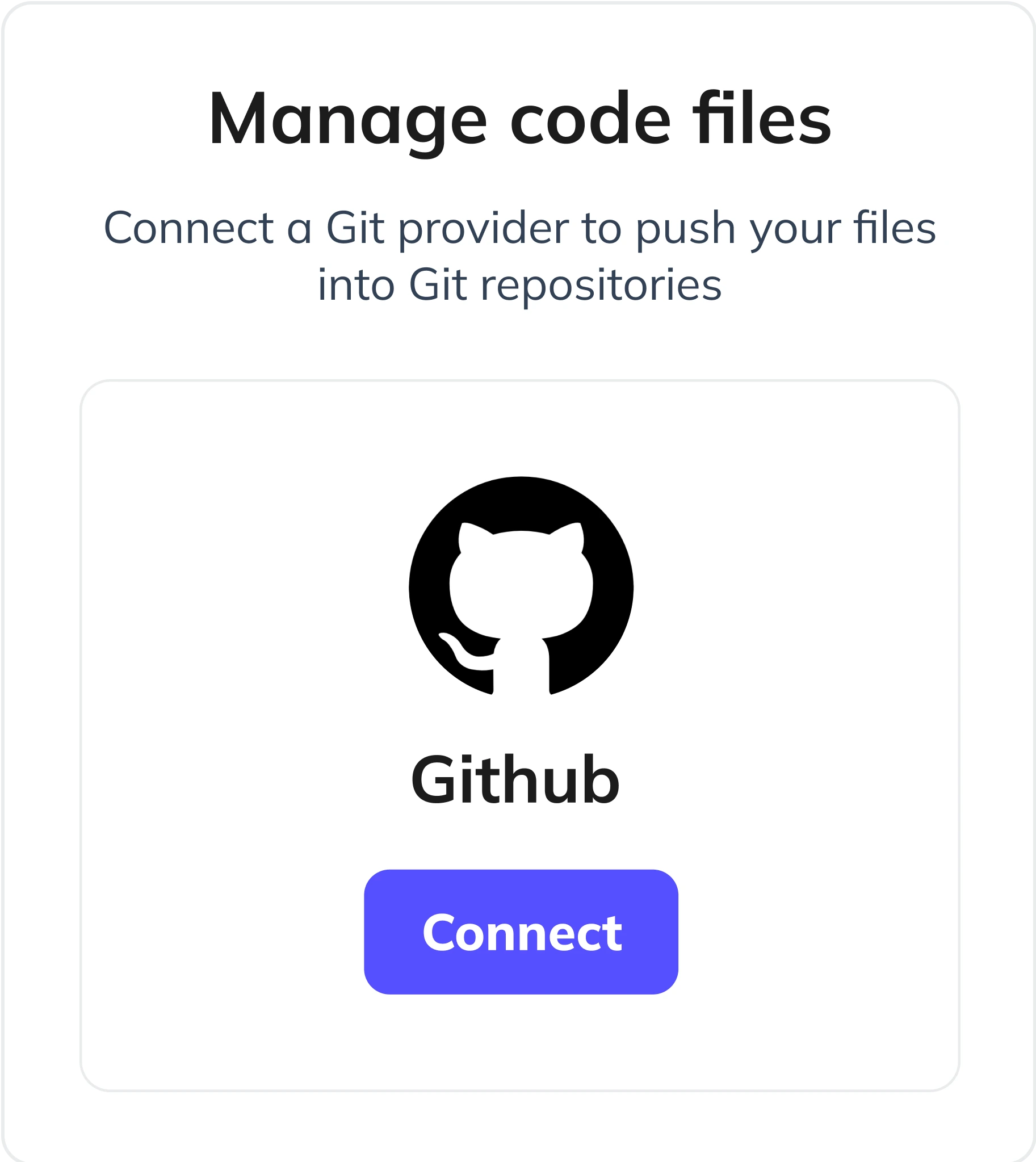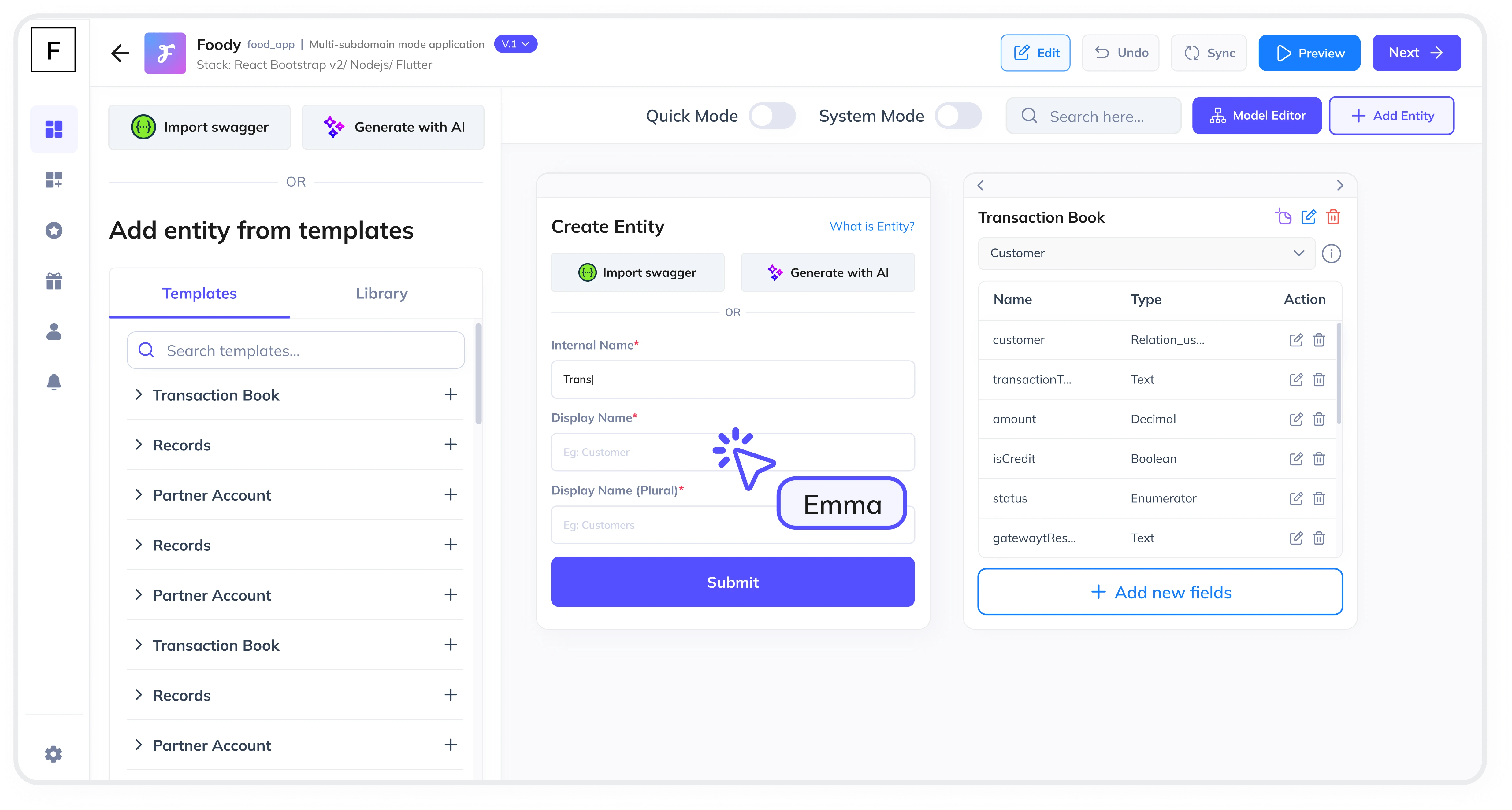Summarize and analyze this article with:
In today's digital-first world, managing multimedia assets efficiently is crucial for businesses. Whether you're handling images, videos, or documents, a well-organized Media Libraries module is essential for seamless media and content management. With FAB Builder's low-code platform, you can create a robust Media Libraries module tailored to your business needs. This guide will walk you through the process step by step.
Why Use a Low-Code Platform for Media Libraries?
Low-code platforms like FAB Builder simplify the development process, enabling businesses to create feature-rich applications without extensive coding. Here's why you should consider using a low-code platform for your Media Libraries module:
- Speed: Rapid development and deployment of applications.
- Flexibility: Customizable to meet specific business requirements.
- Cost-Effective: Reduces development costs and time-to-market.
- Scalability: Easily scalable as your business grows.
Key Features of FAB Builder for Media Libraries
FAB Builder offers a range of features that make it an ideal choice for creating a Media Libraries module:
- AI-Assisted Entity Creation: Automatically generate entities based on your application description.
- Bulk Data Import/Export: Import and export data via Excel with role-based permissions.
- Configurable File Storage: Choose from File System, Google Cloud Storage, AWS S3, or other S3-compatible providers.
- Payment Gateway Integration: Integrate with Stripe, RazorPay, PayPal, and more for seamless transactions.
- Multi-Tenant Configuration: Create SaaS applications and sell subscriptions to B2B consumers.
Step By Step Guide to Creating a Media Libraries Module
Step 1: Define Your Requirements
Start by outlining the specific requirements for your Media Libraries module. Consider the types of media assets you'll be managing, user roles, and permissions.
Step 2: Choose Your Tech Stack
FAB Builder offers interoperability with various tech stacks, including:
MERN Stack (MongoDB, Express, React, Node.js)
MEAN Stack (MongoDB, Express, Angular, Node.js)
React with AntDesign, Tailwind, Bootstrap, or Material
Vue, Angular, Next.js, Node.js, .NET, Java, SQL, Android Native, or iOS Native
This flexibility ensures that your Media Libraries Module can adapt to any technology stack.
Step 3: Use AI-Assisted Entity Creation
Leverage FAB Builder's AI-assisted entity creation to automatically generate the necessary entities based on your application description. This ensures that your Media Libraries module is tailored to your needs.
Step 4: Configure File Storage
Choose your preferred file storage provider. FAB Builder supports File System, Google Cloud Storage, AWS S3, and other S3-compatible providers. This flexibility allows you to switch providers as needed.
Step 5: Implement Bulk Data Import/Export
Set up bulk data import and export functionality. FAB Builder automatically creates Excel templates for importing data based on your entity fields. Ensure that these features are role-based permission controlled.
Step 6: Integrate Payment Gateways
If your Media Libraries module involves transactions, integrate payment gateways like Stripe, RazorPay, or PayPal. This is particularly useful for SaaS applications where you can sell subscriptions to B2B consumers.
Step 7: Deploy and Test
Once your Media Libraries module is configured, deploy it using FAB Builder's one-click deployment to AWS, GCP, or Azure. Thoroughly test the module to ensure it meets your requirements.

Use Cases for Media Libraries Module
- Content Management Systems (CMS): Organize and manage multimedia assets for websites and blogs.
- E-Learning Platforms: Store and manage educational videos, documents, and images.
- E-Commerce Platforms: Manage product images, videos, and other media assets.
- Media and Entertainment: Organize and distribute multimedia content for streaming platforms.
Benefits of Using FAB Builder
- Production-Ready Code: Downloadable and customizable source code that is production-ready.
- Intellectual Property Protection: All IP, business logic, and innovations remain with the customer.
- Flexible Tech Stack: Interoperability with MERN, MEAN, ReactJs, Vue, Angular, and more.
- Scalable and Secure: Multi-layer security model and scalable infrastructure.
Why Choose FAB Builder?
FAB Builder stands out as a comprehensive low-code platform that offers unparalleled flexibility, security, and scalability. Whether you're creating a Media Libraries module or a full-fledged SaaS application, FAB Builder provides the tools and support you need to succeed. With features like multi-tenant configuration, you can even create SaaS applications and sell subscriptions to B2B consumers.
Ready to get started?
Explore FAB Builder today and take your media and content management to the next level.






